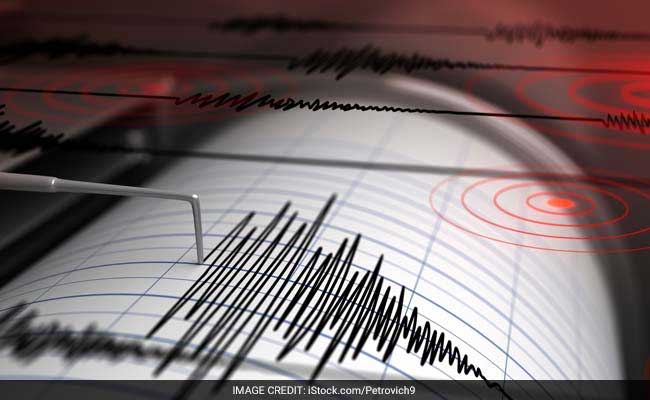
Japan has issued a tsunami warning for its southern islands.
Tokyo:
A major earthquake struck eastern Taiwan shortly before 8:00 a.m. local time (0000 GMT) on Wednesday, triggering a tsunami warning for the self-governing island as well as parts of southern Japan.
The U.S. Geological Survey (USGS) said the earthquake had a magnitude of 7.4 and its epicenter was 18 kilometers (11 miles) south of Hualien City, Taiwan, with a focal depth of 34.8 kilometers.
The Japan Meteorological Agency said the magnitude of the earthquake was 7.5.
The agency said Japan’s remote islands in the region, including Miyakojima, were expected to immediately experience tsunamis of up to three meters (10 feet).
“Evacuate!” read a banner on Japan’s national broadcaster NHK.
“The tsunami is coming, please evacuate immediately,” an NHK anchor said. “Don’t stop, don’t go back.”
Live television footage from ports in the Okinawa region, including Naha, showed ships heading out to sea, possibly to protect them.
Taiwan is frequently hit by earthquakes because the island is located at the junction of two tectonic plates.
In September 1999, a magnitude 7.6 earthquake struck Taiwan, killing approximately 2,400 people and making it the worst natural disaster in the island’s history.
Japan experiences about 1,500 earthquakes every year.
The vast majority are minor, although the damage they cause varies depending on how deep below the Earth’s surface the epicenter is and where it is.
The severity of a tsunami – a series of huge and potentially destructive waves that move at hundreds of miles (kilometers) per hour – also depends on a variety of factors.
Due to special construction techniques and strict building regulations, even larger earthquakes usually do not cause much damage in Japan and Taiwan.
Japan has also developed sophisticated procedures and technology to sound alarms and evacuate people when needed.
Japan’s largest recorded earthquake was a 9.0-magnitude undersea tremor off Japan’s northeastern coast in March 2011, which triggered a tsunami that left about 18,500 people dead or missing.
The 2011 disaster also caused meltdowns at three reactors at the Fukushima nuclear power plant, causing Japan’s worst postwar disaster and its worst nuclear accident since Chernobyl.
The total cost is estimated at 16.9 trillion yen ($112 billion), not including the cost of hazardous decommissioning of the Fukushima nuclear facility, a process expected to take decades.
Despite stricter building codes, many buildings, especially outside but not limited to major cities, remain old and fragile.
A magnitude 7.5 earthquake struck the Noto Peninsula on New Year’s Day in 2024, killing more than 230 people, many of whom died when old buildings collapsed.
(Except for the headline, this story has not been edited by NDTV staff and is published from a syndicated feed.)






